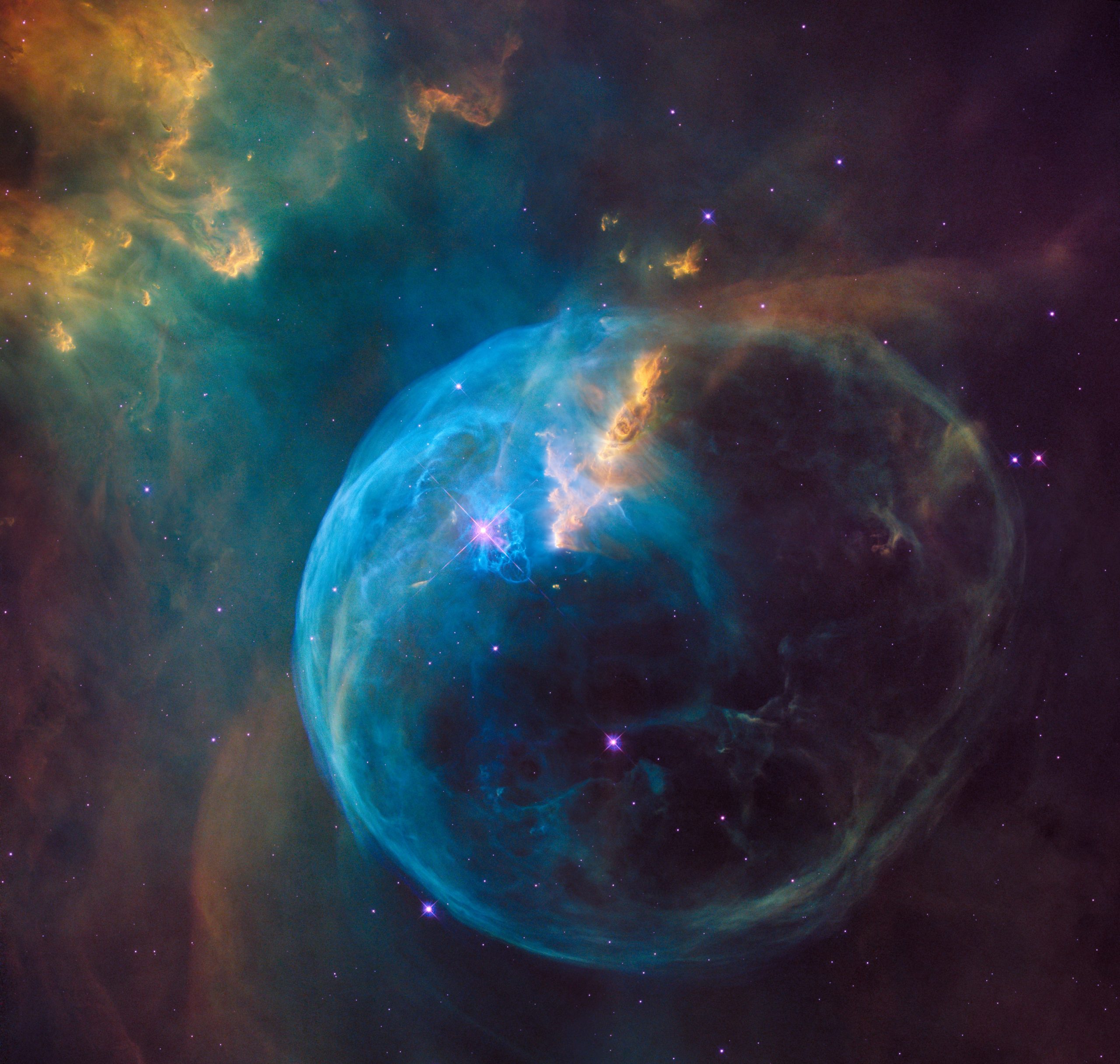Understanding the Waxing Gibbous Phase Moon: A Detailed Explanation
The moon has always fascinated humanity. Its mesmerizing beauty and ever-changing phases have captivated poets, scientists, and stargazers for centuries. One of the most intriguing lunar phases is the waxing gibbous phase moon. In this blog post, we will explore what exactly a waxing gibbous phase moon is, how it occurs, and why it is worth observing.
What is a Waxing Gibbous Phase Moon?
A waxing gibbous phase moon occurs when more than half but less than fully illuminated moon is visible from Earth. This phase lies between the first quarter moon (waxing crescent) and the full moon. The term “gibbous” itself means “bulging,” which aptly describes the moon’s shape during this phase. It appears almost circular, with a bulging illuminated surface that is greater than half but less than fully lit.
During a waxing gibbous phase, the moon gradually becomes brighter and larger each day. While the full moon captivates our attention with its radiant glow, the waxing gibbous phase moon offers its own unique charm and beauty. Let’s delve deeper into the fascinating science behind this lunar phenomenon.
How Does a Waxing Gibbous Phase Moon Occur?
The moon orbits the Earth, constantly changing its position in relation to the Sun. The lunar phases are a result of the moon’s relative position to Earth and the Sun. During a waxing gibbous phase moon, the moon is positioned between the first quarter moon and the full moon.
As the moon moves in its orbit, sunlight illuminates different portions of its surface. During the waxing gibbous phase, the moon is on the side of the Earth opposite to the Sun. This means the sunlit portion of the moon is increasing, creating a gradually larger illuminated area visible from Earth.
At this stage, the moon appears to be filling up, transitioning from the slim crescent shape of the waxing crescent phase to the rounded full moon shape. The waxing gibbous phase moon is a visually stunning spectacle, a celestial marvel that serves as a bridge between Earth and the heavenly bodies that surround it.
Observing the Waxing Gibbous Phase Moon
The waxing gibbous phase moon is a prime opportunity for moon enthusiasts, astronomers, and casual stargazers alike to observe and admire the moon’s captivating beauty. Its relatively bright illumination offers excellent visibility, allowing us to observe intricate details on its surface.
Whether you are using binoculars, a telescope, or simply admiring the moon with your naked eyes, the waxing gibbous phase moon is an awe-inspiring sight to behold. The illuminated portion showcases a multitude of craters, ridges, and valleys, all contributing to the moon’s unique topography.
During this phase, the contrast between the illuminated and dark portions of the moon is particularly striking. The shadows cast by the sun’s angle reveal lunar features that may be hidden during other phases. This provides a rich visual experience and an opportunity for fascinating exploration and discovery.
Interesting Facts about the Waxing Gibbous Phase Moon
Here are some notable facts about the waxing gibbous phase moon:
- The waxing gibbous phase moon is visible in the evening and can often be seen in the late afternoon, shortly after sunset.
- During this phase, the moon rises in the east around mid-afternoon and sets in the west around the early morning hours.
- Due to its substantial illumination, the waxing gibbous phase moon can cast noticeable shadows on Earth.
- From a photographic perspective, the waxing gibbous phase moon makes for stunning shots, especially when framed against earthly landscapes or silhouetted against the night sky.
In Conclusion
The waxing gibbous phase moon is a celestial spectacle that captivates our imagination and sparks our curiosity about the wonders of the universe. Its gradual transition towards the full moon offers a fascinating opportunity to observe and appreciate the moon’s changing appearance.
Whether you’re a novice or an experienced astronomer, take advantage of the waxing gibbous phase moon to explore its intricate details. Expand your knowledge and deepen your connection with the cosmic realm as you witness the moon’s luminous journey through its phases.
The next time you gaze at the waxing gibbous phase moon, let its stunning beauty remind you of the vastness and endless wonders that lie beyond our earthly confines.
Table of Contents
